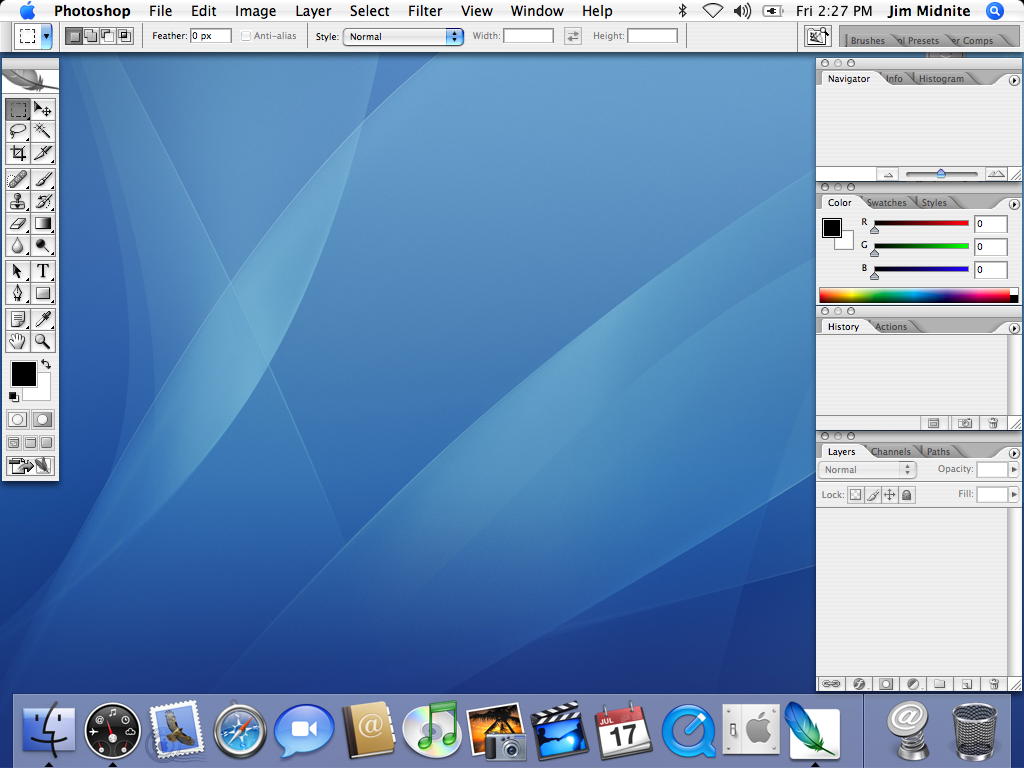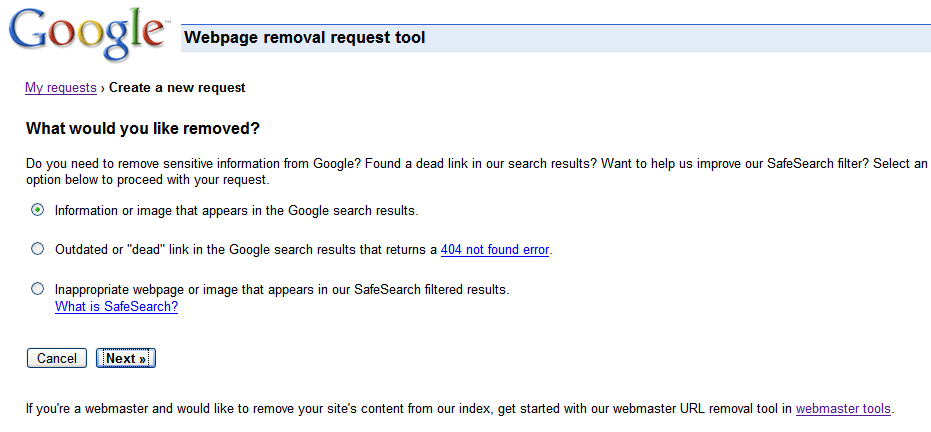So, your Mac is running out of storage. You try to figure out what’s taking up your disk space by clicking the Apple logo on the top-left of the screen, selecting About This Mac, and hitting the Storage tab.
To your surprise, you see a yellow bar representing “System” that seems to occupy way more space than you think it should. In the example above, it only shows 207 GB, but take a look at this Apple discussion — some Mac users report that System Storage takes an astonishing 250 GB.
Feb 25, 2020 Presence of third-party input methods and their software/drivers could possibly cause the inability to press Allow button. Temporarily disconnect such devices from the Mac and remove their software/drivers. It has been proven that only a presence of MagicPrefs preference pane renders the Allow button unusable.
Worse yet, you have no idea what’s included in “System” storage, because clicking the “Manage” button brings you to this System Information window… and the “System” row is greyed out.
Why does my Mac system require so much space?
What does it contain?
Is it safe to remove some of those system files?
How do I regain more storage space?
Questions like these may easily get to your head. Although my Mac now has a good amount of disk space available, I’m always wary of files that are taking up more space than they should.
I have no idea why “System” is greyed out while “Documents,” “System Junk,” “Trash,” etc. allow you to review the files based on size and type. My hunch is that Apple does this on purpose to prevent users from deleting system files that could lead to serious issues.
What Files Are Included in System Storage on Mac?
During my research, I found many people report that Apple counts iTunes backup files and app caches (e.g. Adobe video cache files) in the System category.
Since it’s greyed out and we are unable to click on that category for deeper analysis, we’ll have to use a third-party app to assist.
CleanMyMac X is perfect for this kind of analysis. Since I tested the app in our best Mac cleaner review, it immediately came to my head when I saw “System” was greyed out in Storage. Note that CleanMyMac isn’t freeware, but the new “Space Lens” feature is free to use and it allows you to scan your Macintosh HD, and then show you an in-depth overview of what’s taking up disk space on your Mac.
Step 1:Download CleanMyMac and install the app on your Mac. Open it, under “Space Lens” module, first click the yellow “Grant Access” button to allow the app to access your Mac files and then select “Scan” to get started.
Step 2: Soon it’ll show you a folder/file tree and you can hover your cursor over each block (i.e. a folder). There you can find more details. In this case, I clicked “System” folder to continue.
Step 3: The file breakdown below indicates that some Library and iOS Support files are the culprits.
The interesting part is that the System file size shown in CleanMyMac is much smaller than the size shown in System Information. This puzzles me and makes me believe that Apple definitely has counted some other files (not real system files) in the System category.
What are they? I have no clue, honestly. But as reported by other Mac users who experienced the same issue, they said Apple also considers app caches and iTunes backup files as System files.


Out of curiosity, I ran CleanMyMac again for a quick scan. That app found 13.92 GB in iTunes Junk. Further review revealed that the junk files are old iOS device backups, software updates, broken downloads, etc.
But even after adding this amount to the original system files returned by CleanMyMac X, the total size is still a bit less than what’s returned in System Information.
If cleaning the System Storage is still not enough to bring your Mac available disk space to a normal level (i.e. 20% or more), see below.
What Else Can I Do to Reclaim More Disk Space?
There are tons of ways out there. Here are a few of my favorites that should help you get back a decent amount of space quickly.
1. Sort all files by size and delete old large files.
Open Finder, go to Recents and look at the Size column. Click on it to sort all recent files by file size (from large to small). You’ll have a clear overview of what items are eating up a large amount of space, e.g. From 1 GB to 10 GB, and from 100 MB to 1 GB.
On my MacBook Pro, I found a few large videos that could be transferred to an external drive.
Note: If the Size column doesn’t show up, click on the Settings icon and select Arrange By > Size.
2. Remove duplicate files.
Don’t forget those duplicates and similar files! They can stack up without you being aware of it. Finding them is sometimes time-consuming. That’s what Gemini 2 is designed for. Simply select a few frequently used folders (e.g. Documents, Downloads, etc.) in the main zone of Gemini.
It then scans them and returns all the duplicate files that might be worth removing. Of course, it’s always a good practice to review them before doing so. You can also read more from our detailed Gemini review here.
Wrapping It Up

Ever since Apple introduced the Optimized Storage feature, Mac users got the option of saving space by storing content in the cloud. Apple also has several new tools that make it easy to find and remove unneeded files.
That bar under the Storage tab is beautiful. It does allow you to get a quick overview of what’s taking up the most space on our hard drive. However, it still lacks insights into the “System” category as it’s greyed out.
Hopefully, the guides above have helped you figure out the reasons you’ve got so much “System” data, and most importantly you’ve reclaimed some disk space — especially for new MacBooks pre-installed with flash storage — every gigabyte is precious!
If you've encountered a problem with macOS, the solution might be to reinstall the system on your Mac. This can be done by any Mac owner, but it can be a little bit complicated. You'll need to put your Mac into macOS Recovery, which gives you tools to diagnose problems on your Mac, as well as reinstall the operating system.
Here's how to reinstall macOS using Recovery mode.
Entering macOS Recovery
macOS Recovery has tools at its disposal that allow you to diagnose problems with your Mac's hard drive, reinstall macOS, and restore from a Time Machine backup. You can enter Recovery by pressing certain key combinations. The combination you choose will determine which version of macOS will be installed on your system when you select Reinstall macOS.
Can't Allow System Software Mac Free
- Press Command - R to install the latest version of macOS that was installed on your Mac without installing a later version.
- Press Options - Command - R to upgrade to the latest version of macOS that's compatible with your Mac.
- Press Shift - Option - Command - R to install the version of macOS that came with your Mac, or the version closest to it that's still available.
How to check your startup disk with Disk Utility in macOS Recovery mode
The first thing you'll want to do is make sure your Mac's startup disk is healthy. You'll need to use Disk Utility to do that.
- Click Disk Utility when in macOS Recovery.
- Click Continue.
- Click on your Mac's startup drive in the Disk Utility sidebar. It should be the drive at the top of the sidebar if there are multiple drives.
- Click First Aid.
- Click Run. First Aid will run, checking the health of your Mac's drive. This process could take a little while.
- Click Done.
- Click Disk Utility in the Menu bar.
- Click Quit Disk Utility.
How to erase your startup disk in macOS Recovery mode
If you need to start completely fresh, then you'll want to erase your startup disk using Disk Utility. If you want the content on your Mac to stay intact, skip to the next section.
- Click on your startup disk in the Disk Utility sidebar.
- Click Erase.
- Click the Format drop-down menu.
- Click on the format you want to use for your drive. If you're running macOS High Sierra or later on a Mac with an SSD, your choices will be some form of APFS.
- Click Erase. Your drive will proceed to be erased.
How to reinstall macOS while in Recovery mode
Can't Allow System Software Mac Pro
The next step is to reinstall macOS.
- Click Reinstall macOS.
- Click Continue.
- Click Continue.
- Click Agree.
- Click Agree.
- Click on the drive on which you wish to install macOS.
- Enter your Apple ID and password if you're asked to, though you might not be.
- Click Install.
Your Mac will now go through the normal macOS installation process, eventually restarting. If you're starting from scratch, you'll need to set up your Mac from scratch.
Questions?
If you have any more questions about reinstalling macOS on your Mac, let us know in the comments.
Updated December 2019: Everything is up to date through macOS Catalina.
macOS Catalina
Main
We may earn a commission for purchases using our links. Learn more.
We are openApple Sanlitun, Apple's newest store in China, is opening today
Apple has announced that its newest retail store, Apple Sanlitun in Bejing, is opening to customers in the area later today.